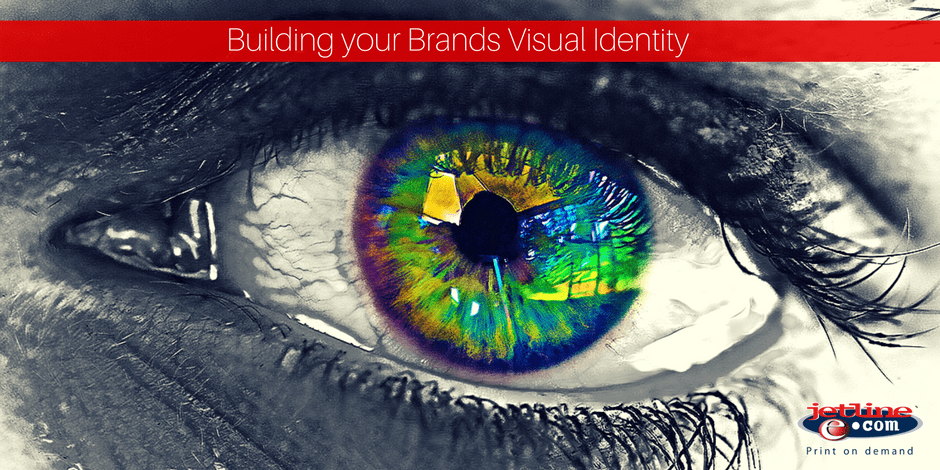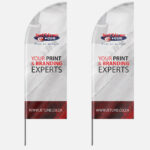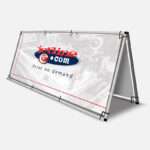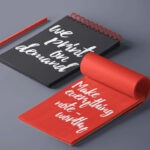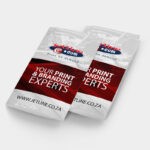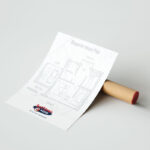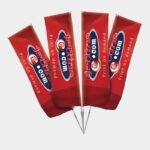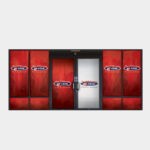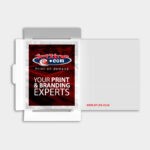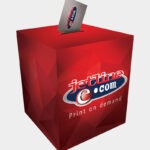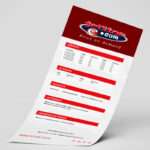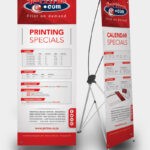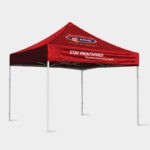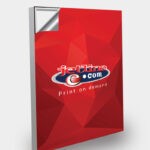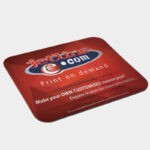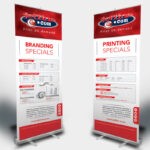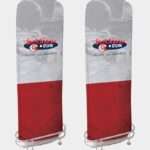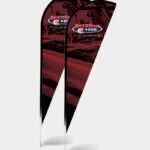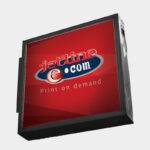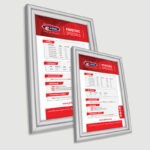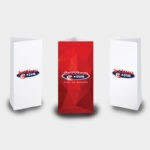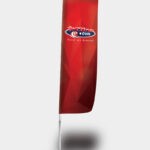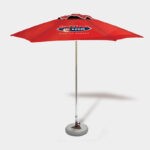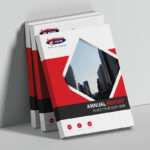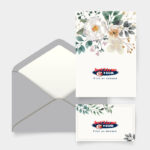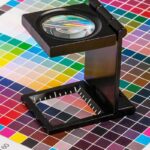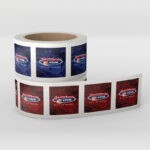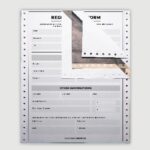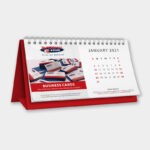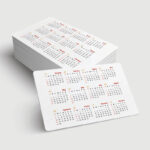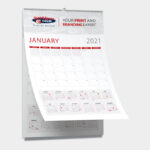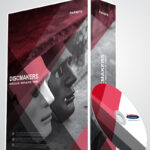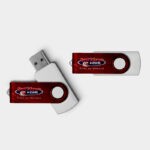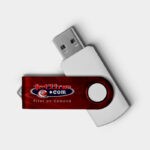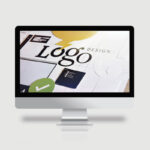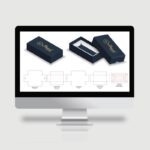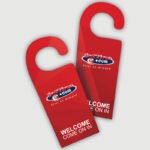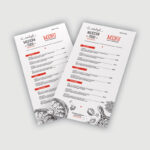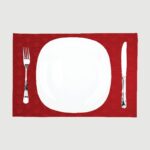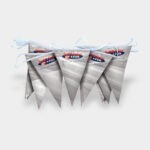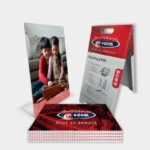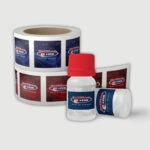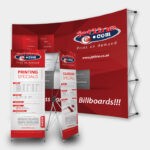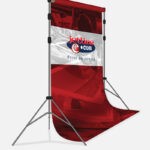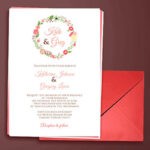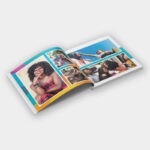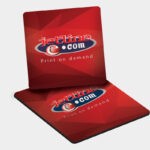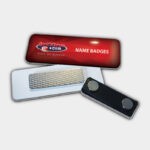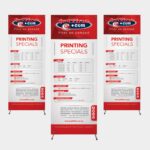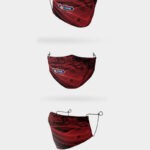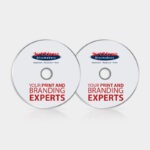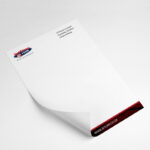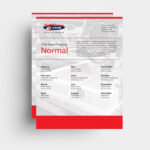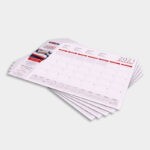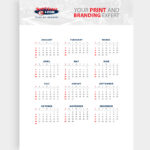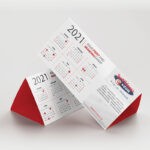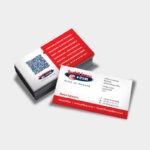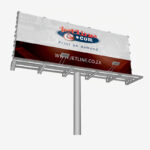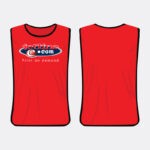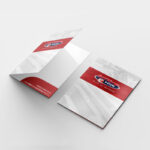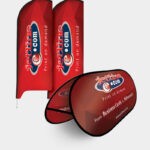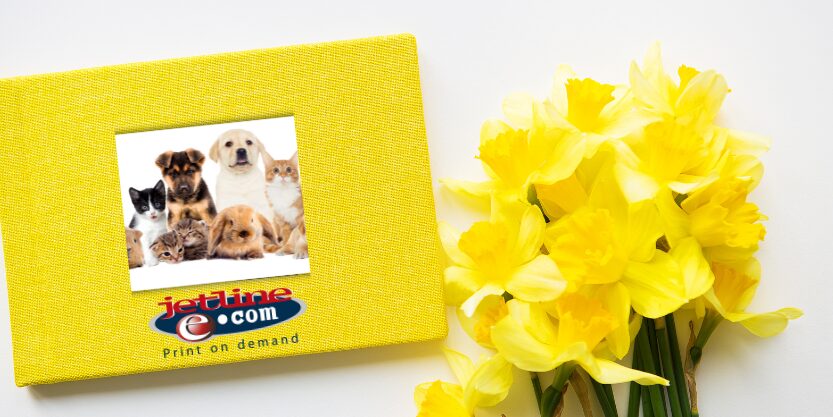Building a visual identity for your brand is one of the most important aspects to building a successful business. So, what exactly is brand identity?
Your brand identity is defined by how your target market perceives your business. The best way to look at this is to think of your business as an individual, a person. Take this a bit further and look at your brand as a “friend” to its target market. This allows you to view your audience as more than a nameless crowd. Your goal, as a brand, is to befriend your audience.
So how do you make friends with your audience? You need to influence how they view you. These people will continue their friendship? with your brand if they believe they share the same values, and ethos as your business they will remain friends with you if they recognise that you enrich their lives in a positive way. A great place to begin influencing and nurturing this relationship? Your visual identity.
Visual Identity
Visual identity is how you visually express the type of friend you are. Think about this in terms of personal branding. If you scroll through someone’s personal Instagram feed, you will quickly gain a visual understanding of who they are as an individual. Fun, brightly coloured images speak of someone down to earth and lighthearted while artistic, dark, strange imagery sets the tone for an artistic, creative. You choose who you want to follow based on these visual representations and the same goes for business branding. Everyone uses visual clues to suggest abstract ideas, and the same can be said for business branding.
Are you a creative brand? A serious brand? Feminine? Masculine? Fanciful?
Understanding your brand personality will quickly help you on the path to interpreting this through visuals and graphic design. When someone sees your branding, be it brochures, packaging, website or billboards, they need to recognise your colour choices, font and size of your text these are the visual identifiers that set the mood for how the audience feels when viewing your brand.
If the visual identity you put out doesn’t match your business values and ethos, you will end up disappointing people or just confusing them this will quickly alienate your audience.
Think about it, if you were given a business card from a lawyer and the font was playful, cute and child-like (think, dreaded Comic Sans) would you trust this person to take on your legal issues? Doubt it.
All visual elements of your brand come together to tell a story, from your brand colours through to your typography and the images you use in your marketing and promotional materials.
Ask yourself the following questions when you begin building your brands visual identity:
Who are you befriending? Who is your audience?
By defining your target market, you have taken the first step in developing your visual brand. How can you know what to create if you don’t know who you are creating it for? Be specific with who your audience is, from age and gender and income to marital status, social media activity, education level and lifestyle. It is always good to take a look at your competitor’s audience, and study how they communicate with them.
What value do you provide?
You need to know what makes your audience tick and figure out why they should purchase your product or service. What void are you able to fill in their lives? What problem do you solve? What solution do you offer? How do you help them?
Once you have identified this, you can add it to the visual signifiers in your design, and you can understand the feeling you want to get across a little bit better. Something as simple as this will help you identify what colours, font or font size will work best for your brand.
How do you see your personality – visually?
Once you are able to fully understand who your audience is, and what it is you offer them, it is time to look at how you action this into your visual identity and graphic design. It is time to take a more in-depth look at how you express your brand personality visually. Obviously, content is key, and taglines and promotional materials are key to educating your audience about your products and services but visual icons, photographs, colours and font style are just as important.
There is more to expressing your brand personality, than writing for your brand. You need to make use of visual references that spark an understanding of who you are in your audience’s minds eye.
Let’s take a look at two examples:
Land Rover is a brand that speaks of rugged terrain, the outdoors and masculinity. Their brand colours, imagery and font speak of this perfectly.
Then there is the internationally acclaimed colour run. An event that is full of energy, vibrancy and youthful abandon. Take a look at their colours, font and imagery.
You don’t even need to read what the brand is about, you immediately know what it stands for when you take in the visuals.
What is your brands emotion and how do you find it?
It is time to get emotive! The best way to reach your audience, the best way to make friends, is to connect to them on an emotional level. So, where do you begin? Ask yourself what story your brand tells, and is this story able to ‘move’ customers in some way? Are you a weight loss company that has inspired success stories, or are you a branding company that managed to make a massive impact in the lives of clients?
Know your story and tell your story.
Use taglines that tell these stories in the simplest way on your marketing materials, get testimonials from clients, and continue to tell your story subtly across all marketing platforms from print materials to your social media marketing page.
How do you manage your brand?
A style guide works as a point of contact between you, your employees, marketing department, branding company and printing company. It works to maintain your brand identity by keeping it consistent through any marketing or communication platform. Today your consumer engages with your brand on a variety of ever changing platforms. We have more touch points than ever before, from business cards and brochures to social media and expo stands. You need to ensure that all these designs match your brand and showcase a streamlined business consciousness.
Your style guide is the document that outlines all the important information required to design and action any marketing material. This makes the process of communicating with a designer, printing company or web developer simpler and faster.
The creation of the style guide does take time and effort, but once fully developed, it will make your marketing process much easier. Think about all the time you have to spend with your designer, explaining colour, spacing and font a strategic style guide will make this process irrelevant. And get this, there is an even easier way to manage your brand thanks to technological advancements
What is the Brand Management Portal?
Jetline recognised a fundamental gap in the market for an effective brand management solution and our Brand Management Portal was born. BMP is an all-encompassing system that functions as a digital style guide. It maintains your relevant brand information and guidelines, ensuring brand uniformity across all your marketing and corporate materials.
People do business with companies that they are familiar with and if your branding is uniform you quickly become recognisable and trusted. This makes people feel at ease when purchasing your product or service.
Brand identity and visual brand identity are key to business success.
Speak to the printing, design, and branding experts today and learn more about our Brand Management Portal and how it can help your business identity flourish.
Contact the Jetline print, design and branding professionals today.

